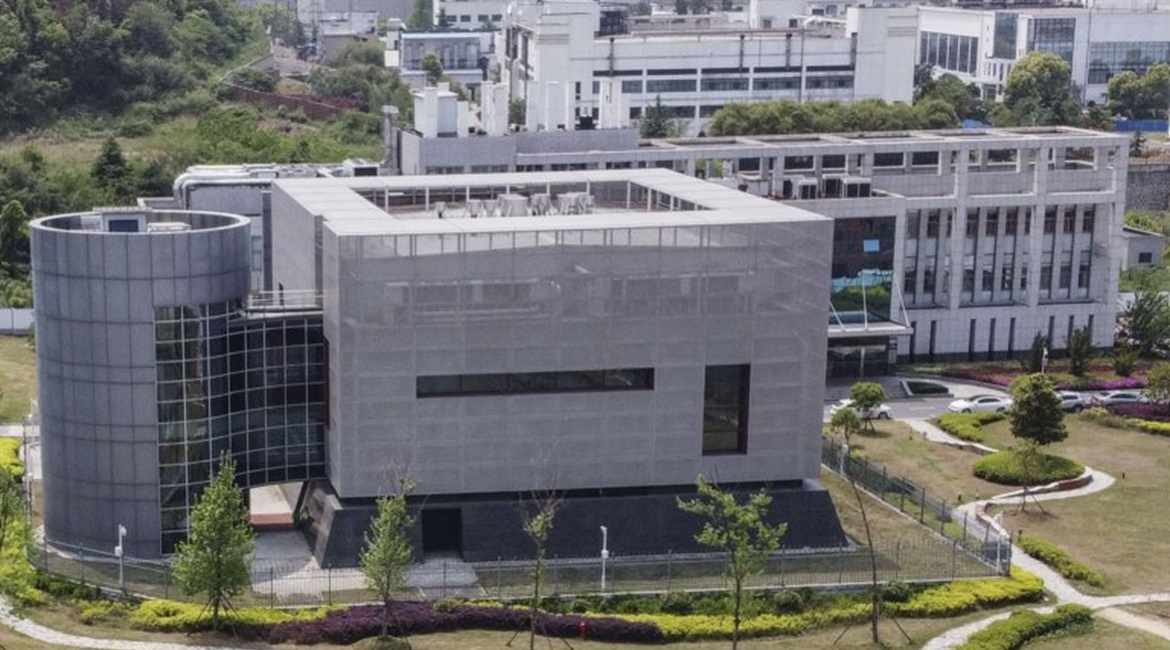
A zoonotic virus that emerged in Wuhan, China, in December 2019 has now spread to almost every country in the world. The Severe Acute Respiratory Syndrome Coronavirus 2 (SARS-CoV-2/Covid-19) pandemic had, according to the World Health Organization (WHO), caused 23 million cases of infection at the time of writing, resulting in approximately 800,000 deaths by 24 August 2020. The virus has also caused substantial global economic disruption that could yet have a prolonged effect on global health and economic security.
In June and July 2020, countries such as New Zealand, South Korea, and those in Europe started to record declines in the numbers of infections and deaths after strict national lockdowns and quarantines were enacted for three to four months. However, other countries responded late to the crisis and experienced a significant human and economic toll because of their late, and at times chaotic, approaches to containing the spread of the virus.
Although many countries had made preparations for a potential pandemic before Covid-19, the responses to it have been varied and have had varying levels of success. The lessons that can be learned from the current first wave of Covid-19 will have significant implications for how countries deal with a potential re-emergence of the virus in the closing months of 2020 – which will be the winter season in the densely populated countries of the northern hemisphere – and into 2021, while a vaccine is still being developed and produced.
A police officer stands guard on 24 January 2020 outside the Huanan Seafood Wholesale market where the coronavirus was detected in Wuhan, China. At the time, the virus’s death toll stood at 25, rising to more than 816,000 by 25 August. (Hector Retamal/AFP via Getty Images)
Pre-Covid-19 security architecture
Looking to read the full article?
Gain unlimited access to Janes news and more...






